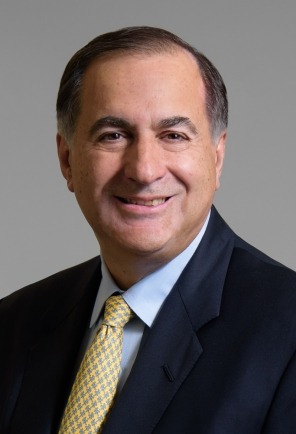How A&M assesses companies for vulnerability: What makes companies vulnerable to activist investors?
In the words of Amazon’s founder and CEO, Jeff Bezos, a company should always be in Day 1 mode. “Day 2 is stasis. Followed by irrelevance. Followed by excruciating, painful decline. Followed by death. And that is why it is always Day 1.” As companies age, they become more likely to get sick because - growth stagnates or slides backwards; and executives grow too comfortable with the status quo and don’t act quickly enough to improve performance. In other cases, companies mistakenly try to reignite growth by doing things that don’t fit their overall strategy such as engaging in value-destroying acquisitions. Ultimately, the stock price suffers, shareholder returns decline and the company is weakened further.
“At this point companies are vulnerable, either to being approached by an activist shareholder or to further self-destruction. This is when they must act swiftly and decisively to improve performance and returns,” says Jim O’Donnell, Senior Director with Alvarez & Marsal’s Corporate Transformation Services practice.
He says there are three main reasons companies get sick: poor business execution, poor capital allocation and poor governance.
“In the first case, typically executives take their eye off the day-to-day running of the business. Here, the culture becomes more about not ‘rocking-the-boat’ rather than being about success and accountability,” he says. “In the second case, companies effectively create a sugar rush in growth - overpaying for acquisitions or engaging in non-economic investments by ill-conceived expansions of operations or geographic footprint. Third, when it comes to governance, companies get sick when the board has not been refreshed for a decade and as a group, they become a cozy rubber stamp for errant management, rather than forcefully acting as prudent stewards - advocating for shareholders.”
Activist investors may monitor companies for such signs of illness over many quarters before publicly announcing their investment and agenda for change. To understand why companies are underperforming, activist investors undertake extensive research, interviewing former employees and even carrying out background checks on executives.
So how can companies perform their own diagnosis and strengthen their defenses before a potentially costly and public activist campaign gets started?
After a decade of advising companies being targeted by dissident investors, Alvarez & Marsal (A&M) has developed a diagnostic model to predict which companies are most vulnerable to an activist approach. The model assesses approximately 3,000 companies each quarter. It incorporates more than 20 variables across six key areas: total shareholder return, valuation, profitability, growth, capital deployment and risk. The methodology involves ranking companies against their peers to better expose outperformers and underperformers. Based on the results of the model, A&M looks with an activist lens at the worst performing bottom 10 percent.
“With this group, we will scour everything available in the public domain – the company’s investor relations site, their SEC (Securities and Exchange Commission) filings, quarterly earnings calls – we reconstruct the model quarter-by-quarter to understand where the underperformance is coming from,” says Mr. O’Donnell. The company is also evaluated by reviewing industry trade publications and news coverage as well as social media posts on sites such as Glassdoor, LinkedIn and Yelp. Frequently, A&M visits public-facing stores and operations to assess the reality on the ground.
The proposed solutions that emerge from this research are then “reality tested” with industry experts from across A&M, says Mr. O’Donnell, whether that includes general and administrative spending priorities, supply chain or vendor sourcing improvements, tax structure changes or recruiting new non-executive directors: “We map all the symptoms of the illness to a prescribed pathway to recovery,” he says.
Leaders can be reluctant to accept the diagnosis when A&M first makes their recommendations – “It’s human nature to minimize the problem, or to say, ‘we got this’,” says Mr. O’Donnell. However, carrying out a transformation program, particularly for CEOs who have not led one before, is extremely challenging.
“CEOs are the sum total of their experiences, based on their own career journey and possibly that of the management team around them,” he adds. “When we work with clients, A&M brings the combined learning curves of thousands of organizations that we’ve seen over decades of work, and we’re able tap into that knowledge base to support them in making those necessary changes.”
Companies that are underperforming their peers have a responsibility to objectively assess where their weaknesses lie – and activists are likely to expose them if they don’t. “In the animal kingdom, the sick and weak fall prey to disease or predators, and in the capital markets, activist investors are among the apex predators,” says Mr. O’Donnell. “You have to be at your healthiest to compete, and companies sometimes lose sight of that. There’s always going to be someone who will challenge you if you’re not.”
Click here for a PDF of the newsletter >
Stay informed about the key issues driving companies to seek meaningful, lasting change in From the Inside Out, our corporate transformation newsletter.


